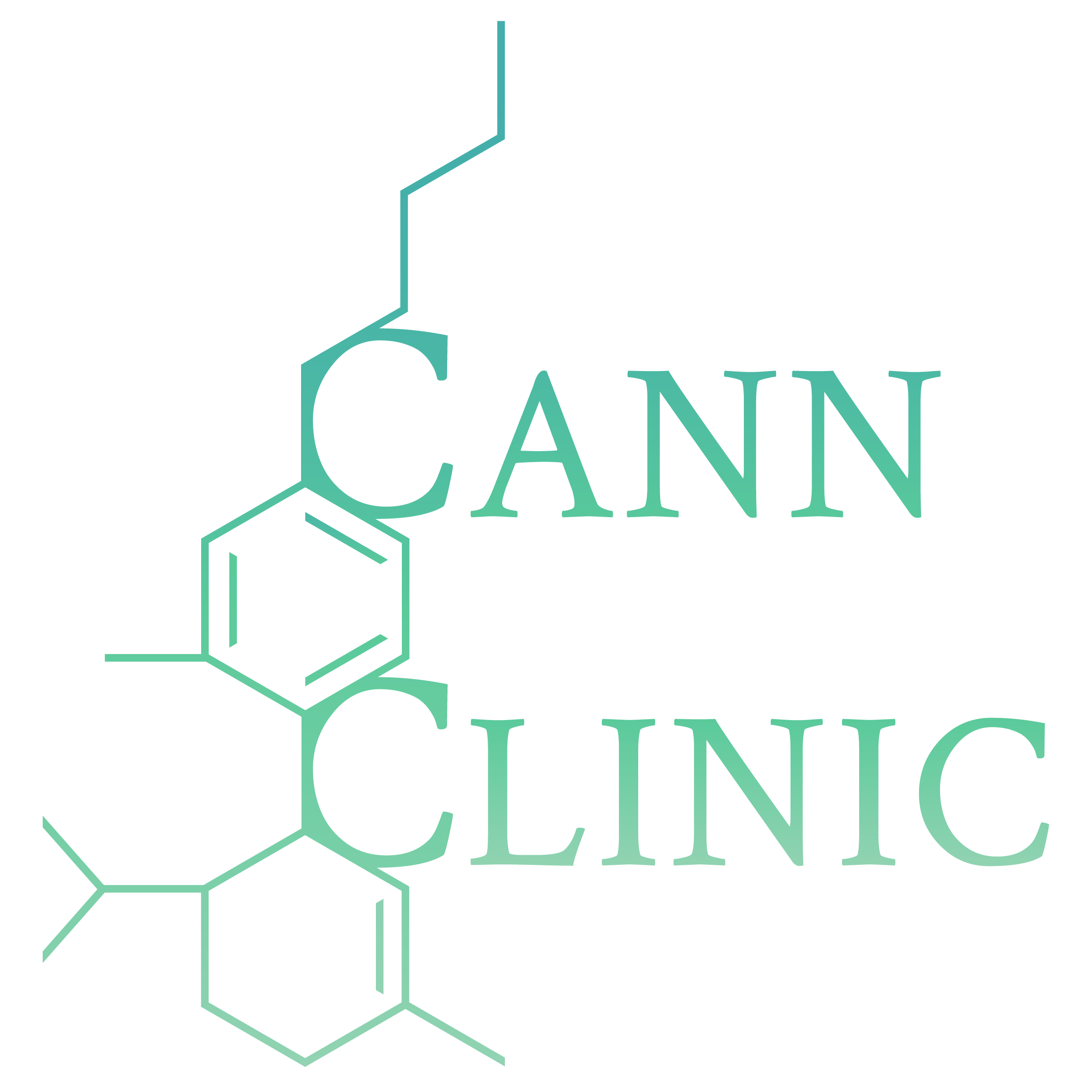Treatment Objectives
Autism Treatment
Autism Treatment
Autism Treatment typically requires a combination of therapies to successfully manage behavioural and social interactions of the autistic patient. Autism Spectrum Disorder or ASD will most often be diagnosed when the patient is young, thus when considering treatment, parents, caregivers and doctors are very cautious having concerns about the safety of the medication prescribed and possible side effects. Patients are found to have much greater success in managing Autism Spectrum Disorder when there is early identification of Autistic symptoms and signs. Early intervention is key combined with having a supportive, patient and flexible family network. Many patients with autism have other medical conditions that coincide including sleep disturbances, seizures and gastrointestinal (GI) issues. By addressing all the symptoms that are being experienced by the autistic patient, learning, attention span and all other related behaviours improve.
Medications for the treatment of Autism Spectrum Disorder
SSRI’s (selective serotonin reuptake inhibitors)
Selective serotonin reuptake inhibitors (SSRIs) have been found to help autistic patients with an improvement in mood, alleviating depression and obsessive compulsive behaviours that typically present themselves with Autism.
- citalopram
- fluoxetine
- sertraline
Typical side effects include:
- Increased Weight
- Insomnia
- Agitation
Antipsychotic medicines
Antipsychotic medicines are helpful in treating autistic patients., as they work by altering the effects of chemicals in the brain. They have been found to reduce problem behaviours that coincide with Autism.
- aloperidol
- risperidone
- thioridazine
Typical side effects include:
- Increased Weight
- Sleepiness
- Tremors/ Shakes
Other Medications prescribed to the Autistic patient:
- Clonidine (Kapvay)
- Guanfacine (Intuniv)
These medicines are prescribed to children with autism who exhibit aggressive / impulsive behaviours.
Autism and the symptoms that coincide with the condition, benefit from a varied selection of treatments. This list is by no means the only treatments and therapies available to the autistic patient.
- Early intervention
- Behavioural management
- Cognitive behaviour therapy
- Educational strategies
- Joint attention therapy
- Nutritional
- Occupational
- Parent-mediated
- Physical therapy
- Social skills training
- Speech-language therapy
Medicinal Cannabis Treatment for Autism
Statistics in Australia : Population with Autism
- 1 in every 100 people in Australia suffer from Autism
- 230,000 people in Australia suffer with Autism
- Autism is 4x more common in boys, than in girls
Diagnosing Childhood Autism versus Early Adulthood Autism
Children will ordinarily be exhibiting signs of autism (ASD) as early as preschool. A parent oftentimes will notice something strange, realising their child is not partaking in the typical behaviours of other children. An example of this could be the lack of a returned / acknowledged smile or greeting to someone who has just initiated communication or a social interaction. The child may have poor language development or perhaps has little to no communicative movements typically used by children i.e.) pointing and waving. There are those children with autism who do not get diagnosed in the early years or before they started school. Teachers much more aware of the signs and symptoms of Autism may start to notice a child in their class having great difficulty where others do not. Parents will be notified and asked to visit a specialist in the field. Though it is less common, some autistic patients are diagnosed in their teen years or in early adulthood. To have successfully passed through the cracks without anyone being made aware of their condition, these individuals are representative of the high functioning ASD patient. Their symptoms will not be very severe yet social, communication and behavioural issues are still present and cause the patient difficulty.

What Is Autism Spectrum Disorder?
As the symptoms associated with Autism are seen very early in a child’s development., the medical field considers it to be a developmental disorder. Spectrum refers to the wide range of signs and symptoms associated with ASD. Some autistic patients do not suffer extreme symptoms. On the other hand their are those who experience a whole range of symptoms and severity. ASD patients are ordinarily classed with regards to how well they are functioning in their world. The child who doesn’t speak at all – would be considered a low functioning ASD patient, whereas there are patients that have rather high levels of intelligence and for the most part have normal speech. This patient would be considered high functioning. Going from zero verbal communication to the ability to communicate effectively, one can comprehend the large difference between the two. Autism therefore can not be treated by any one drug, or any one technique due to the fact that every patient will need something tailor made to their specific set of symptoms.
Causes of Autism
It is said that Autism is most often genetically passed on. The chances of a child being born with Autism increases when one or both parents are aged. It is also increased when pregnant mother is exposed to toxins, drinks or smokes during pregnancy. It is also caused by abnormalities in the brain area that interprets sensory input.
Symptoms of Autism
For children:
For adults
- Exhibits unusual behaviour
- Heightened sensitivity to sounds / sensory sensitivity
- Rigid routine to keep life in balance
- Unusually intense focused interests
- Hand flapping / Spinning
- Repetitive use of objects
- Obsessive Compulsive
- Unusual sensory interest
- Learning difficulties
Clinical Studies / References:

